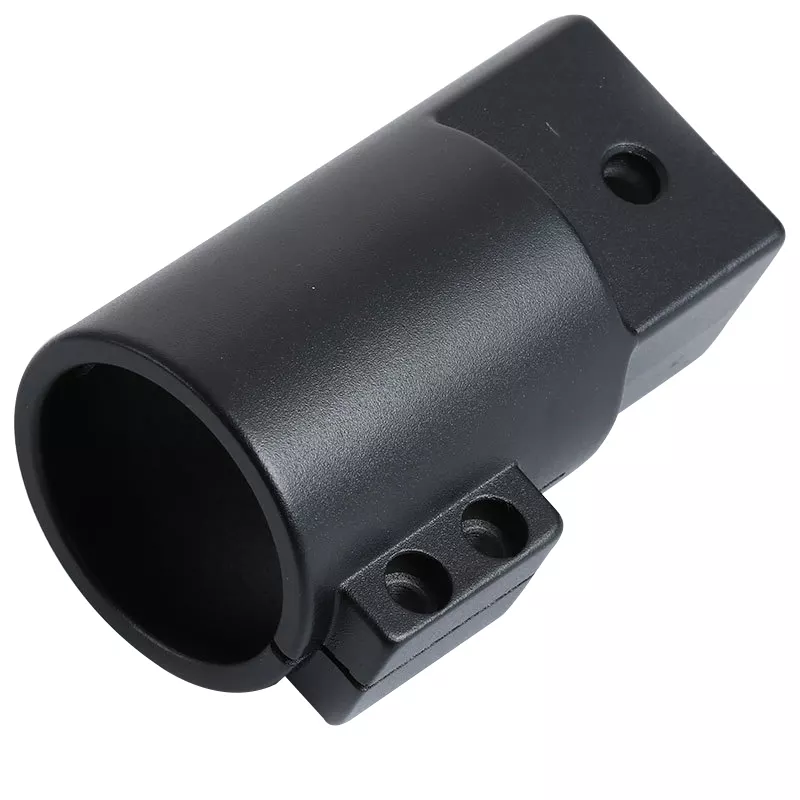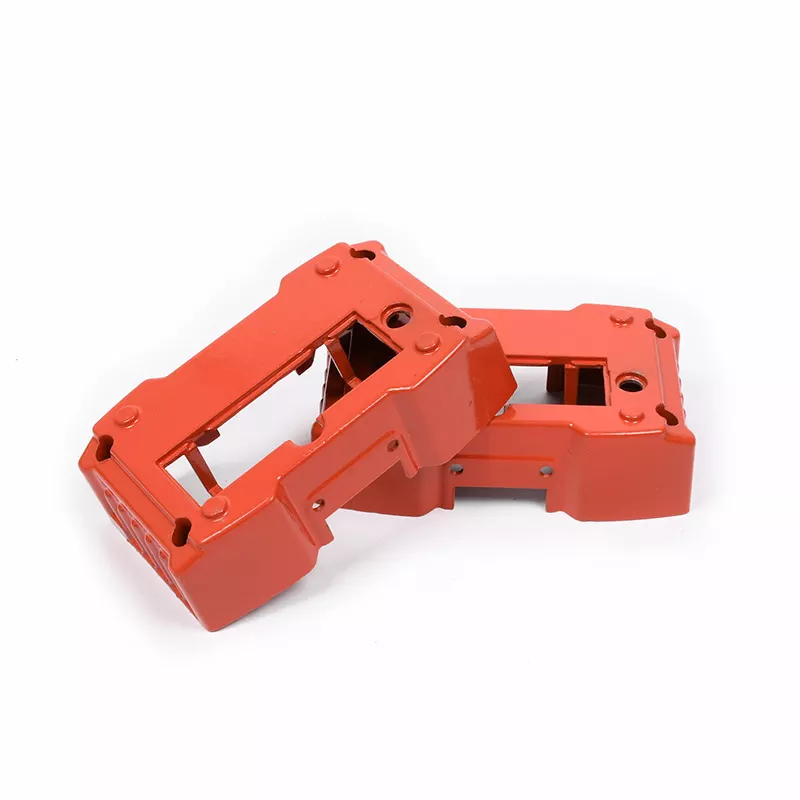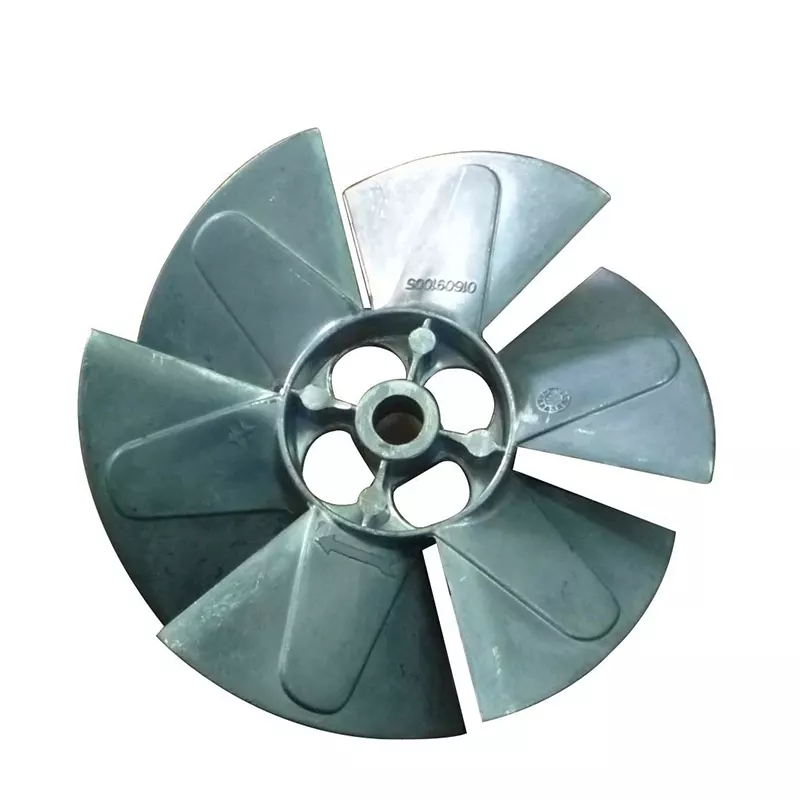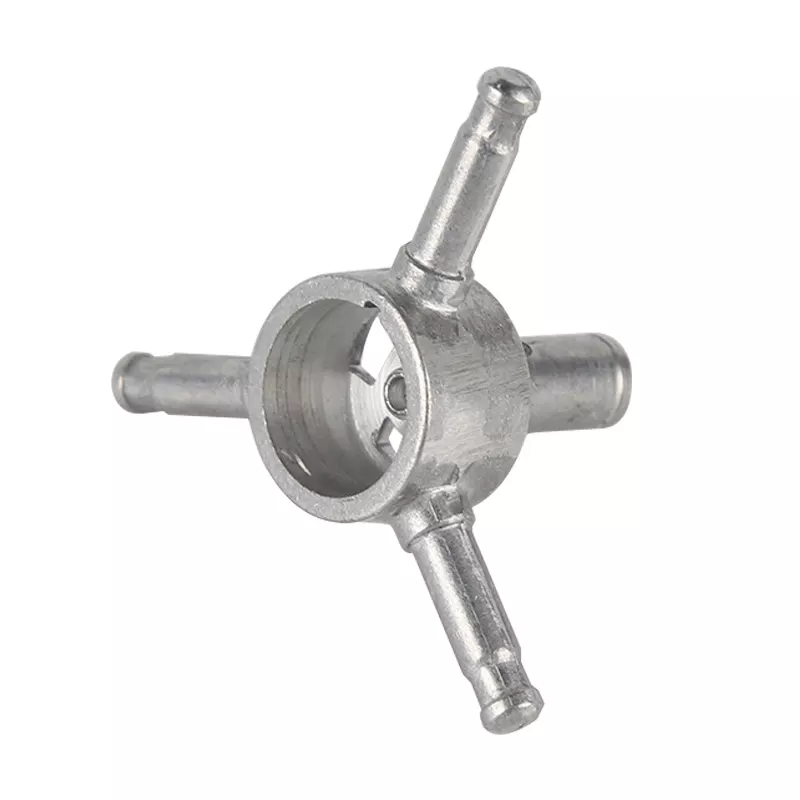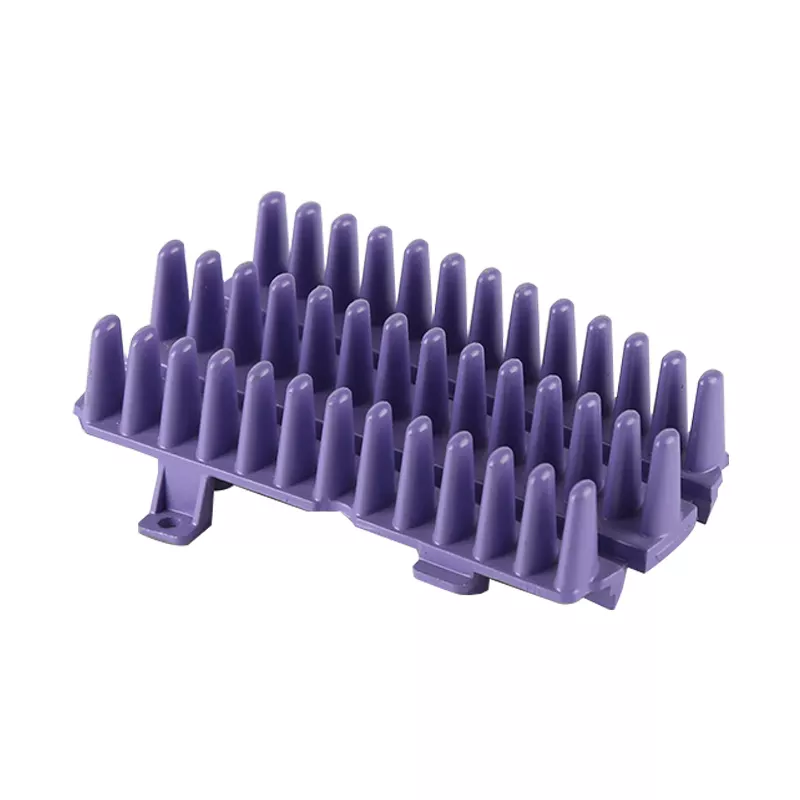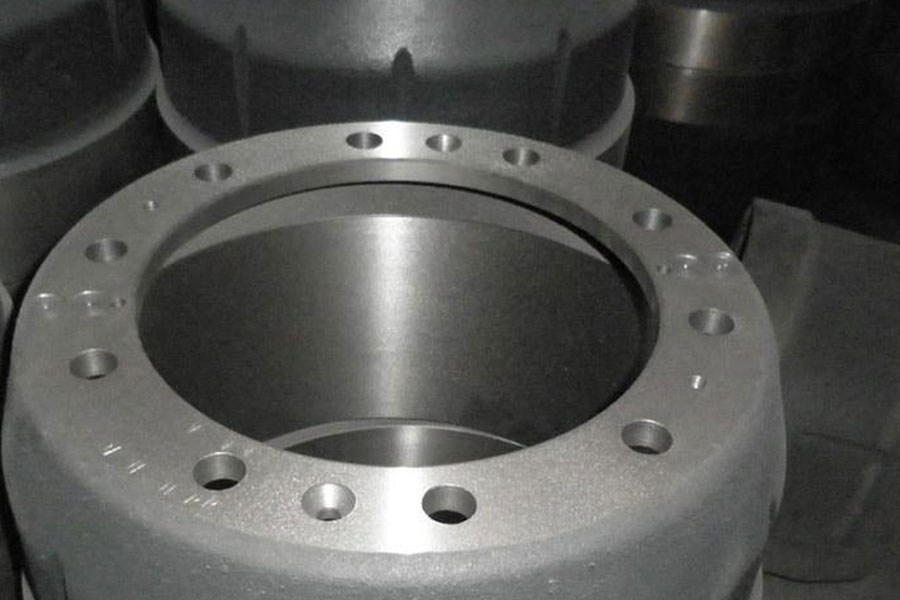
In order to meet the requirements of ultra-deep well drilling, a lot of work has been done to deal with excessive wear and thermal fatigue cracking of the drawworks brake hub. On the one hand, through technological innovation, the wear resistance of the material is improved, and the service life of the brake hub is prolonged. For example, a layer of wear-resistant material is surfacing welded on the Q345A matrix to improve the wear resistance of the brake hub, or a cast structure is used instead, and a denser, finer and uniform structure is obtained through forging, thereby improving the wear resistance of the material. On the other hand, develop new wear-resistant materials and composite materials, such as adding rare earth to Cr-Mo steel to improve the wear resistance and thermal strength of the brake hub, and increase the service life of the brake hub. However, the production efficiency of the surfacing method is low, and it is usually only used as the size repair after the brake hub is worn; forging the brake hub requires large-scale ring rolling equipment, and the heating process is increased, which increases the production cost; Cr-Mo steel contains precious metals, which increases Material costs. Therefore, it is of great engineering significance to develop a new type of low-cost, high-wear-resistant cast brake hub material to extend the service life of the brake hub.
The Mn-V alloy used in this article is a new material independently developed by a domestic petroleum equipment company. It has good thermal strength and wear resistance, and can meet the requirements of the use of brake hubs under severe working conditions. Good economic benefits. However, through the author's investigation and oilfield statistics, it is found that the welded joints of this material are prone to cracking during long-term use, which affects the application of this material to a certain extent. This article analyzes the welding samples of the material in order to improve the welding performance of the material.
The experimental test board is made of alkaline phenolic resin sand casting. The proportion of resin sand is 1.6% resin, 0.4% curing agent, and the rest is sand. The sand is a mixture of new sand and old sand, and the ratio of new sand to old sand is 1:3. After cutting the riser, the casting is normalized at 1100℃. Normalizing heat preservation time is 6h. After normalizing, the casting blank is machined into a test plate of 530mm×180mm×25mm, with a 60°V groove, and using Φ1.2mm JQ•MG50-6 welding wire for GMAW multi-layer multi-pass welding. Preheat the sample to 150°C before welding, control the interlayer temperature not to exceed 300°C, and slowly cool after welding.
After the brake hub is welded with Mn-V steel, the joint has a certain degree of hardenability, which is easy to cause brittle cracking of the joint. After welding, the joint is treated with aging treatment, the plastic toughness of the welded joint is improved, and the comprehensive mechanical properties of the joint are improved through the strengthening of the second phase and the fine-grained strengthening. Aging at 500°C for 30 minutes, the sample obtained the best mechanical properties, with a yield strength of 560MPa and a tensile strength of 715MPa. The heat-affected zone is the weak link of the entire joint, and the tensile specimens all fracture in the heat-affected zone of the welded joint. The aging treatment of the brake hub after welding can improve the plastic toughness of the joint, and the joint will turn from brittle fracture to ductile fracture after aging. When the aging temperature exceeds 300°C and the aging time is 30 minutes, it is manifested as plastic fracture.




